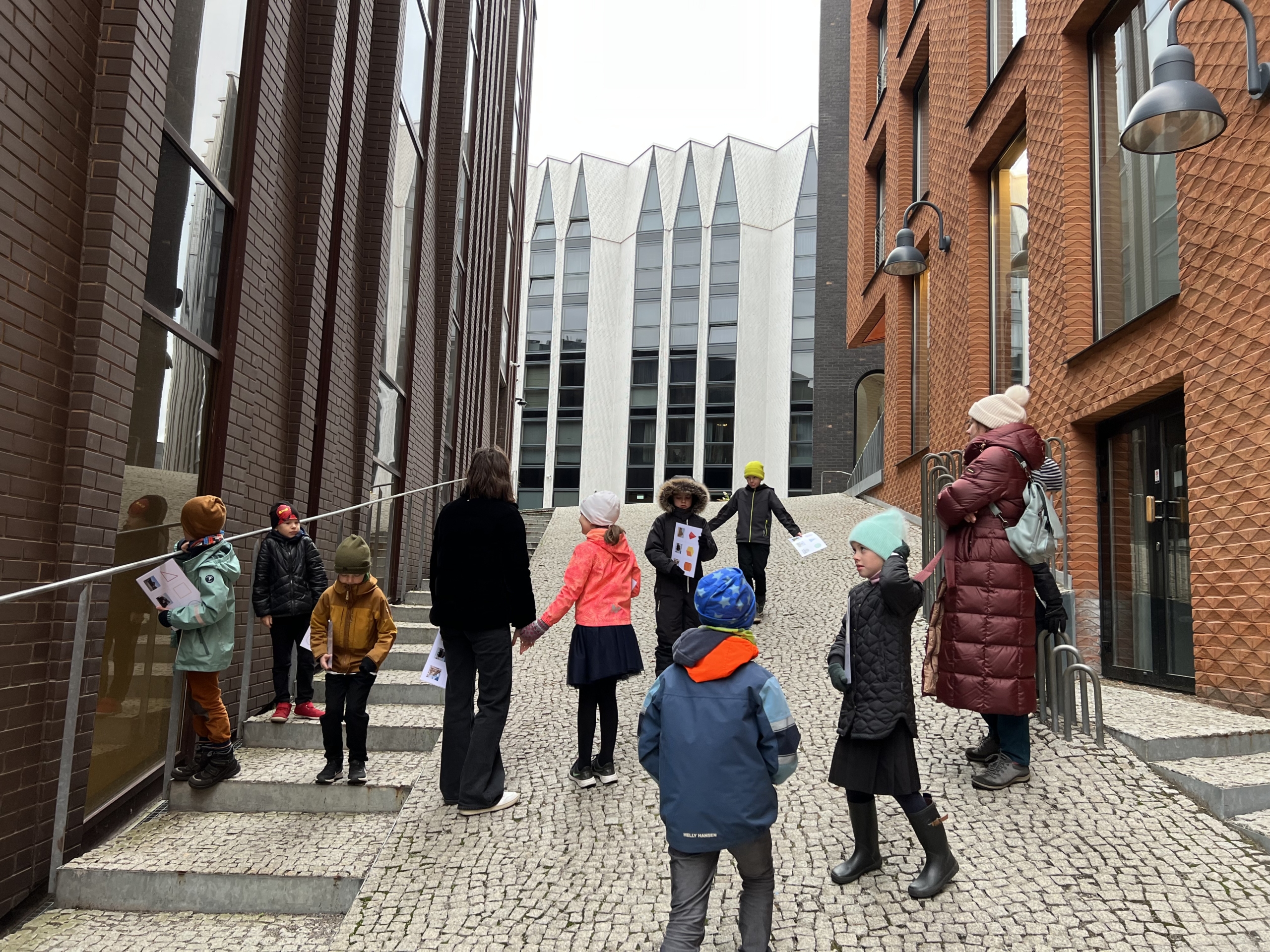Measures to increase safety around schools to be implemented
The initial phase of Tallinn’s “Safe School Route” (“Turvaline koolitee”) program is set to focus on 14 schools within the city, addressing safety challenges around school vicinities such as safe sidewalks, bike lanes, street crossings, parking areas, and the implementation of traffic calming measures. Over the coming years, the program is planned to expand, encompassing all schools within Tallinn that require similar safety enhancements in their surrounding areas.
Deputy Mayor Vladimir Svet states that increasing safety around schools and boosting the share of active modes of transport among students are among Tallinn’s top priorities. “We are committed to ensuring a safe journey to school for our students, with an emphasis on promoting walking and cycling as preferred modes of travel. To systematically approach this, we have launched a school surroundings improvement program. Its objective is to significantly enhance traffic safety around Tallinn’s schools and, consequently, support the use of active modes of transport for students’ journeys to school,” says Svet.
“In the program, the surroundings of selected schools will be analyzed, and in cooperation with school management, parents, local communities, and traffic specialists, solutions will be developed. For example, using easily installable traffic management tools such as bollards, signs, or planter boxes, we can make the school surroundings and children’s journeys to school safer this year. These solutions are intended to last a few years, after which decisions can be made for larger investments and reconstructions near the schools,” explains Liina-Liis Pihu, Head of Public Space Planning at the Tallinn Urban Environment and Public Works Department.
In 2022, the Department collected input from district governments on various topics, including problematic school surroundings. The first phase has invited schools from this list, considering regional balance. Currently, 15 schools are registered: Tallinna 21. Kool, Tallinna Mustamäe Humanitaargümnaasium, Tallinna Ühisgümnaasium, Tallinna Kuristiku Gümnaasium, Tallinna Kristiine Gümnaasium, Tallinna Järveotsa Gümnaasium, Tallinna Saksa Gümnaasium, Tallinna Muusika ja Balletikool, Lasnamäe Vene Gümnaasium, Tallinna 53. Keskkool, Tallinna Kivimäe Põhikool, Ristiku Põhikool, Nõmme Põhikool, Tallinna Mahtra Põhikool, Merivälja Kool.
The temporary and quick solutions based on traffic management projects will be implemented this summer and tested in the new school year in the fall. The duration of temporary pilot projects is approximately one month, utilizing easily installable and removable elements. Quick solutions using more permanent traffic management tools are generally implemented for 1-2 years. Last year, a pilot project was initiated at the Mustamäe Gümnaasium, resulting in a plan to transform the school surroundings in cooperation with consultants from Praxis Centre for Policy Studies and the University of Tartu Research Group of Physical Activity for Health. This May, this solution is planned to be implemented. The traffic scheme around the school will be changed to limit access to cars in the immediate vicinity of the school, and safe stopping points for cars arriving at the school will be created along major streets.
In places where there is an urgent need for new or improved infrastructure, construction of sidewalks, pedestrian crossings, or speed bumps is planned. As an initial infrastructure project, the Ehte Street sidewalk is to be built by August this year, and the next projects to be designed will be selected in the second half of this year.
Based on the experiences of temporary pilots and quick solutions, comprehensive solutions for transforming the surroundings of the schools will be developed, combining both infrastructure reconstruction and construction and permanent traffic management changes. Complex solutions will begin to be implemented from 2025, taking into account the experience and feedback from users on the effectiveness of the first quick solutions.
The program’s objectives are based on the city development strategy goal “Terve Tallinn liigub” and the mobility sector’s goal of increasing the share of general education school students aged 7-14 who independently travel to school, after-school activities, and sports practice to 90 percent by 2035. Tallinn’s Bicycle Strategy 2018-2027 aims for cycling to reach 11 percent of all modes of transport, including 25 percent of home-to-school travel. An accompanying effect of the plan is an increase in the attractiveness and active use of public spaces around schools, contributing to the strategy goals “Friendly Urban Space” and “Home That Starts From the Street.”
For making school surroundings safer, Tallinn’s current budget has allocated 400,000 euros.

